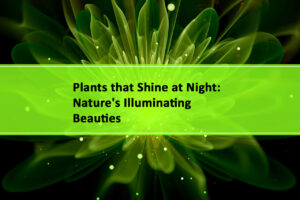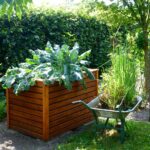Beautiful Plants For Your Interior
Top 15 Plants That Will Make Your Urban Garden Thrive
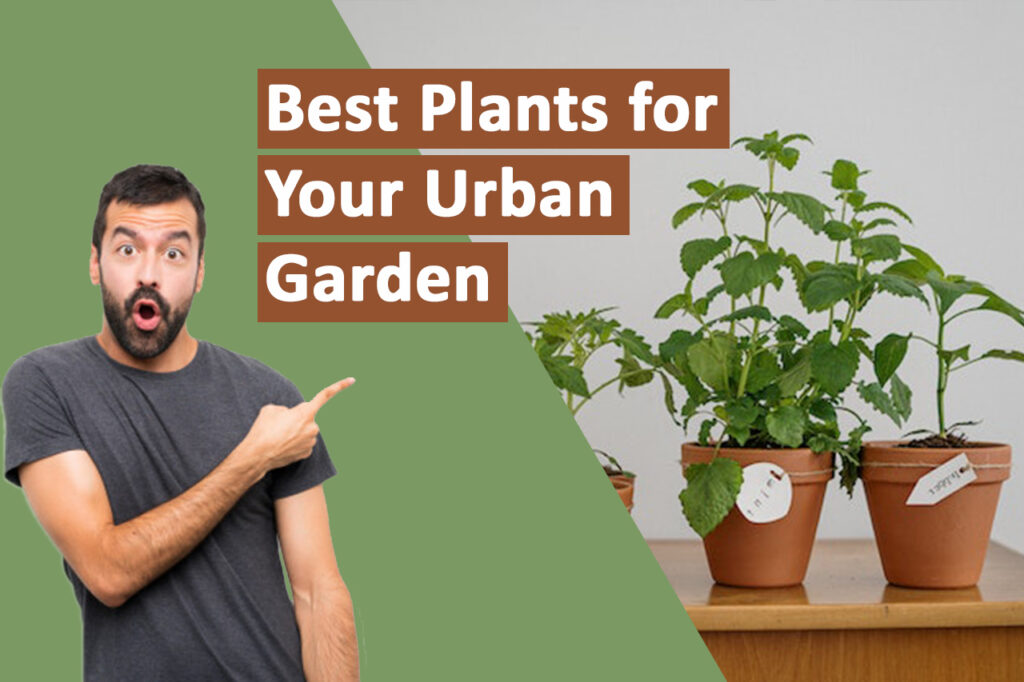
A green and lively urban retreat is what you’re after, right? It is essential to pick the appropriate plants for urban garden to make it successful. The best 15 plants for your urban garden will be covered in detail in this in-depth guide, giving you a wide range of options that are suitable for urban gardens and tight areas. Your urban environment will become a thriving green paradise thanks to the beauty, freshness, and natural touch these plants bring.
Benefits of Urban Gardening
Urban gardening offers numerous benefits to individuals and communities. It allows city dwellers to reconnect with nature, reduce stress levels, and promote a healthier lifestyle. Additionally, urban gardens contribute to local food production, enhance biodiversity, and mitigate the effects of climate change. By cultivating plants in urban areas, we can create green pockets that improve air quality and act as a haven for birds, butterflies, and other wildlife.
Factors to Consider for Urban Gardens
Before diving into the top plant choices, it’s important to consider a few factors when planning an urban garden. First, assess the available space and its exposure to sunlight. Some plants thrive in direct sunlight, while others prefer shade. Next, consider the soil quality and drainage in your chosen area. Urban gardeners often rely on containers, raised beds, or vertical gardening systems to overcome space limitations. Finally, take into account your lifestyle and available time for garden maintenance. Opt for plants that suit your schedule and require minimal care.
Top 15 Plants for Urban Garden
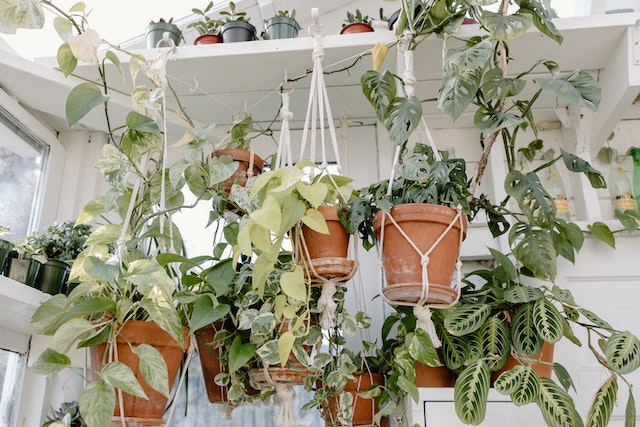
1. Sun-Loving Plants
Sun-loving plants thrive in areas that receive at least six hours of direct sunlight per day. Here are five fantastic choices for your urban garden:
2. Tomato
Tomatoes are a staple in many gardens due to their versatility and delicious taste. They come in various sizes and colors, making them a visually appealing addition to your urban garden. With proper care and support, tomato plants can yield an abundant harvest, even in small space gardens.
3. Basil
Basil is a fragrant herb that adds a burst of flavor to numerous dishes. It grows well in warm climates and requires ample sunlight. Basil is ideal for urban gardeners as it can be grown in containers and thrives with regular pruning.
4. Marigold
Marigolds are vibrant flowers that not only beautify your garden but also act as natural pest repellents. They deter harmful insects and attract beneficial ones, making them excellent companions for other plants. Marigolds are easy to grow and maintain, making them an ideal choice for urban gardens.
5. Zinnia
Zinnias are colorful annual flowers that bloom throughout the summer, attracting bees and butterflies to your urban garden. They come in a variety of shapes and sizes, adding visual interest and vibrancy to any space. Zinnias thrive in full sun and well-drained soil.
6. Lavender
Lavender is a popular aromatic herb known for its calming scent and beautiful purple flowers. It requires full sun and well-drained soil to thrive. Lavender can be grown in containers or borders and is an excellent choice for urban gardeners looking to add fragrance and beauty to their outdoor spaces.
Shade-Tolerant Plants
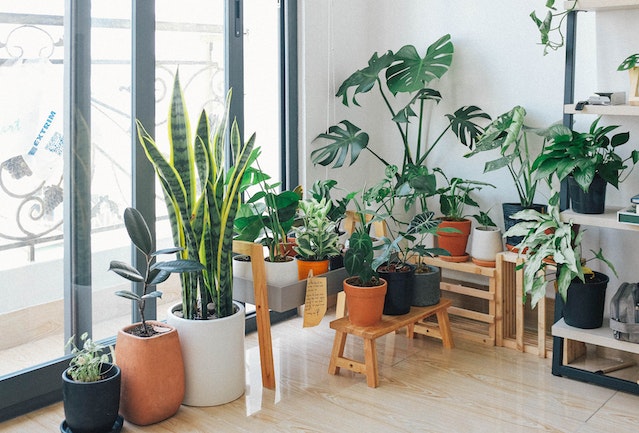
If your urban garden receives limited sunlight, don’t worry. Many plants thrive in shady conditions and can still bring life to your space. Here are five shade-tolerant plants to consider:
1. Ferns
Ferns are elegant plants known for their feathery fronds and ability to thrive in low-light environments. They add a touch of greenery and a tropical feel to any urban garden. Ferns are relatively low-maintenance and can be grown in containers or hanging baskets.
2. Hostas
Hostas are versatile perennial plants that offer a wide range of foliage colors, textures, and sizes. They are shade-tolerant and require well-drained soil. Hostas are ideal for urban gardens as they can be grown in containers or as ground cover, providing a lush and visually appealing landscape.
3. Begonias
Begonias are popular flowering plants that thrive in partial shade. They come in various colors, shapes, and sizes, making them a versatile choice for urban gardens. Begonias are well-suited for containers, hanging baskets, or bedding plants, adding beauty and charm to any space.
4. Coleus
Coleus plants are prized for their vibrant foliage, which comes in a wide array of colors and patterns. They are shade-tolerant and prefer well-drained soil. Coleus can be grown as standalone plants or combined with other shade-loving flowers to create eye-catching displays in urban gardens.
5. Impatiens
Impatiens are popular annual flowers known for their bright blooms and ability to thrive in shade. They come in various colors and are perfect for adding pops of color to shady areas of your urban garden. Impatiens are easy to grow and provide continuous blooms throughout the growing season.
Top 10 Small Plants for Garden Borders
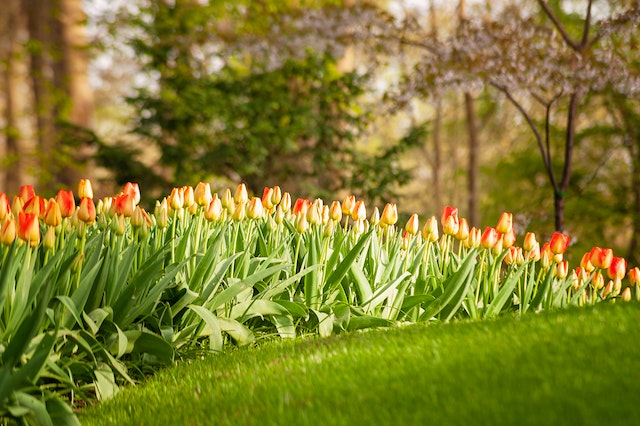
When it comes to selecting small plants for garden borders, there are numerous options available that can add beauty, color, and texture to your outdoor space. Here are some popular choices:
- Lavender (Lavandula spp.): Lavender is a versatile plant known for its aromatic fragrance and lovely purple flowers. It thrives in sunny spots and well-drained soil.
- Geraniums (Pelargonium spp.): Geraniums are low-growing plants that come in a wide range of colors. They are easy to care for and add a splash of vibrancy to garden borders.
- Alyssum (Lobularia maritima): Alyssum is a delicate, low-growing plant with clusters of tiny flowers. It’s often used as a ground cover or edging plant due to its spreading nature.
- Sedum (Sedum spp.): Sedums are drought-tolerant succulent plants that come in various sizes and colors. They are perfect for adding texture and interest to garden borders.
- Coreopsis (Coreopsis spp.): Coreopsis, also known as tickseed, produces bright and cheerful yellow flowers. It’s a low-maintenance plant that attracts pollinators to your garden.
- Catmint (Nepeta spp.): Catmint is a compact perennial plant with gray-green foliage and clusters of lavender-blue flowers. It’s a great choice for attracting bees and butterflies.
- Dianthus (Dianthus spp.): Dianthus, or pinks, are small, fragrant flowers that bloom in various colors. They are ideal for border edges and have a charming cottage garden appeal.
- Penstemon (Penstemon spp.): Penstemons are herbaceous perennials with tubular flowers in shades of pink, purple, red, or white. They add vertical interest to garden borders.
- Candytuft (Iberis spp.): Candytuft is a low-growing evergreen plant with delicate white or pink flowers. It’s perfect for creating a neat border edge or ground cover.
- Creeping Thyme (Thymus serpyllum): Creeping thyme is a low-growing herb that forms a dense mat of foliage. It produces small pink or purple flowers and releases a pleasant scent when stepped on.
Top 10 Plants That Grow in Cities
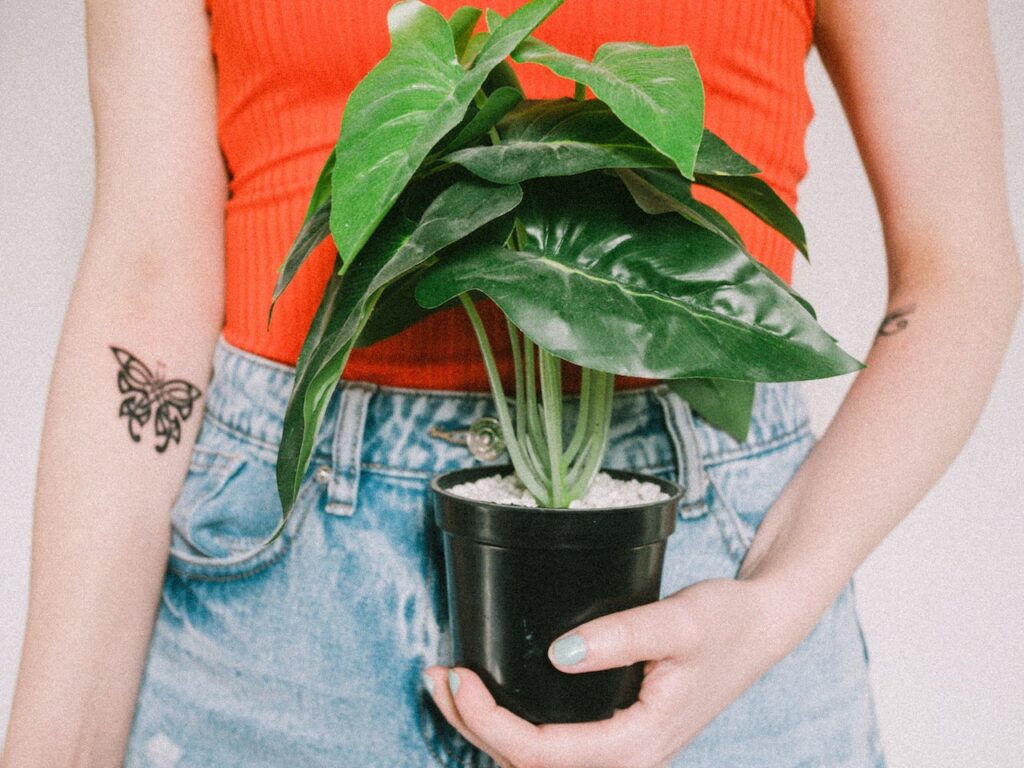
Cities often present unique challenges for plant growth, such as limited space, small balcony, pollution, and varying light conditions. However, there are several types of plants that are well-suited for urban environments. Here are some plants that commonly thrive in cities:
- Air Plants (Tillandsia spp.): Air plants are epiphytic plants that don’t require soil. They absorb nutrients and moisture from the air, making them adaptable to various urban settings.
- Succulents: Succulents are known for their ability to store water in their leaves, stems, or roots. They are drought-tolerant and can withstand the dry and hot conditions often found in urban areas.
- Ornamental Grasses: Ornamental grasses, such as feather grass (Stipa spp.) or fountain grass (Pennisetum spp.), are hardy and add texture and movement to urban landscapes. They are often low-maintenance and can tolerate different soil conditions.
- Native Wildflowers: Native wildflowers are well-adapted to the local climate and often require less maintenance. Varieties such as black-eyed Susan (Rudbeckia spp.) or California poppy (Eschscholzia californica) can bring color and attract pollinators to urban gardens.
- Bamboo: Bamboo is a fast-growing plant that can create a natural screen or provide privacy in urban settings. It thrives in containers and can tolerate a range of light conditions.
- Ivy (Hedera spp.): Ivy is a climbing vine that can be grown on walls or in hanging baskets. It adds a touch of greenery to urban spaces and helps to improve air quality.
- Herbs: Many herbs, such as basil, mint, or rosemary, can be grown in urban environments. They are often compact, easy to care for, and can be grown in containers on balconies or windowsills.
- Ferns: Ferns are shade-loving plants that can thrive in the low-light conditions often found in cities. They add a lush and tropical feel to urban gardens.
- Urban Fruit Trees: Some fruit trees, such as dwarf varieties of apple, pear, or citrus, can be grown in containers or small spaces. They provide fresh fruit and contribute to urban greening efforts.
- Pollinator-friendly Plants: Including plants that attract pollinators like bees and butterflies can help support urban biodiversity. Examples include lavender, sunflowers, and bee balm (Monarda spp.).
When selecting plants for urban environments, consider factors such as available space, light conditions, and the specific needs of each plant. Additionally, be mindful of local regulations and restrictions regarding plantings in urban areas.
People also ask:
-
How often should I water my urban garden plants?
The watering frequency depends on various factors, such as the type of plant, weather conditions, and soil moisture. As a general rule, monitor the soil moisture regularly and water when the top inch of soil feels dry. Adjust the watering schedule based on the specific needs of your plants.
-
Can I grow vegetables in containers in an urban garden?
Absolutely! Many vegetables can be successfully grown in containers, making them an excellent choice for urban gardens. Opt for compact varieties or dwarf varieties that are well-suited for small spaces. Ensure proper drainage and provide adequate sunlight for optimal growth.
-
Are all the plants mentioned suitable for small spaces?
Yes, all the plants mentioned in this article are suitable for small spaces. They can be grown in containers, hanging baskets, or small garden beds. Some plants may require regular pruning or support structures to maximize space utilization.
-
What are some low-maintenance plants for an urban garden?
Several low-maintenance plants are suitable for urban gardens, including succulents, cacti, snake plants, and ZZ plants. These plants require minimal watering and can tolerate various light conditions, making them ideal for busy individuals or those new to gardening.
-
How can I protect my urban garden from pests and diseases?
To protect your urban garden from pests and diseases, practice good garden hygiene, such as regularly removing dead leaves, debris, and weeds. Monitor your plants for signs of pests or diseases and take appropriate action, such as using organic pest control methods or applying preventive measures like companion planting.
-
What are some plants that are well-suited for urban gardens?
Some plants that thrive in urban environments include succulents, ornamental grasses, herbs, and compact vegetables. These plants are often low-maintenance and can adapt well to limited space and varying conditions.
-
How do I choose the right plants for my urban garden?
Consider factors such as sunlight availability, space constraints, and your gardening goals. Select plants that are suited for your climate and the amount of sunlight your garden receives. Also, consider the size and growth habit of the plants to fit your space.
-
How can I ensure the success of my urban garden?
Provide proper soil preparation, adequate watering, and regular fertilization. Pay attention to pest control and ensure appropriate sunlight exposure. Regular maintenance, such as pruning and removing weeds, will also contribute to the overall health and success of your urban garden.
Final Thoughts on Plants for Urban Garden
In conclusion, choosing the right plants for urban garden is essential to create a thriving and beautiful space. Whether you have a sunny balcony, a shaded rooftop, or a small windowsill, there are plants that will flourish in your urban environment. By considering factors such as sunlight, soil quality, and your lifestyle, you can select the perfect plants for your space.

